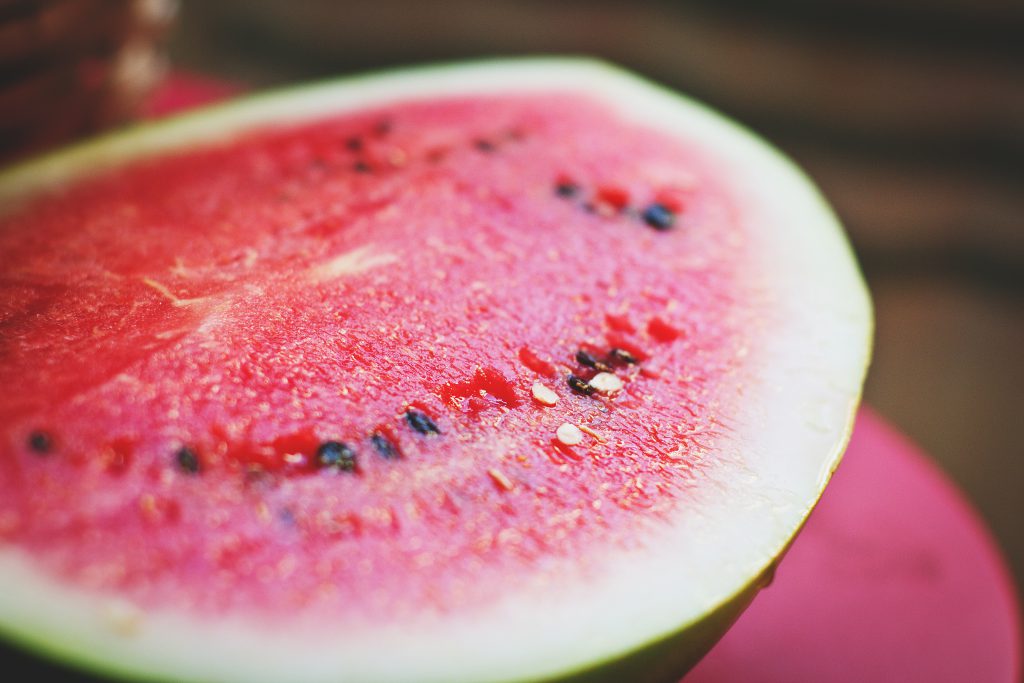 Introduction:
Introduction:Watermelon, a delightful summer fruit, is not only a refreshing treat but also a great source of hydration and essential nutrients. However, selecting a perfect watermelon can be a daunting task for many. In this case study, we will explore the signs of a good watermelon, enabling consumers to make informed choices and relish the juiciest and most flavorsome melons.
1. Appearance:
The first step in identifying a good watermelon is to observe its appearance. A ripe watermelon should have a vibrant, uniform green color without any patches of yellow or white. It should also have a glossy skin, indicating that it is adequately hydrated. Additionally, a good watermelon will have a symmetrical shape, free from any dents, bruises, or blemishes.
2. Weight:
Weight is a crucial factor when determining the quality of a watermelon. A ripe watermelon will feel heavy for its size, indicating a high water content. Gently lift the watermelon and compare its weight to others of similar size. A heavier watermelon is usually a sign of juiciness and ripeness.
3. Sound:
The sound produced by tapping or thumping a watermelon can provide valuable insights into its quality. A ripe watermelon will produce a deep, hollow sound when tapped. Conversely, an immature or overripe watermelon will produce a dull or flat sound. This technique works due to the difference in density between the flesh and the hollow cavity inside.
If you loved this post and you would such as to get additional info regarding orange watermelon benefits kindly go to our web-page. 4. Texture:
The texture of a watermelon's skin can reveal its ripeness. A good watermelon will have a slightly rough skin, indicating that it has had enough time to grow and develop its natural sugars. Avoid watermelons with a smooth or overly shiny skin, as they may lack flavor and sweetness.
5. Stem and Field Spot:
Examining the stem and field spot is another useful method for identifying a good watermelon. The stem should be dry and withered, indicating that the watermelon has detached itself from the vine naturally. A green or moist stem suggests that the fruit was picked prematurely. Additionally, the field spot, the area where the watermelon rested on the ground, should have a creamy yellow or orange color. A white or green field spot indicates an underripe melon.
Conclusion:
Selecting a good watermelon requires a combination of visual observation, weight assessment, and auditory examination. By considering the signs outlined in this case study, consumers can confidently choose a watermelon that is ripe, juicy, and bursting with flavor. Remember to look for a vibrant appearance, heavy weight, deep sound, slightly rough texture, dry stem, and a creamy-colored field spot. Armed with this knowledge, one can embark on a delightful watermelon-eating experience, savoring the best nature has to offer during the scorching summer days.




